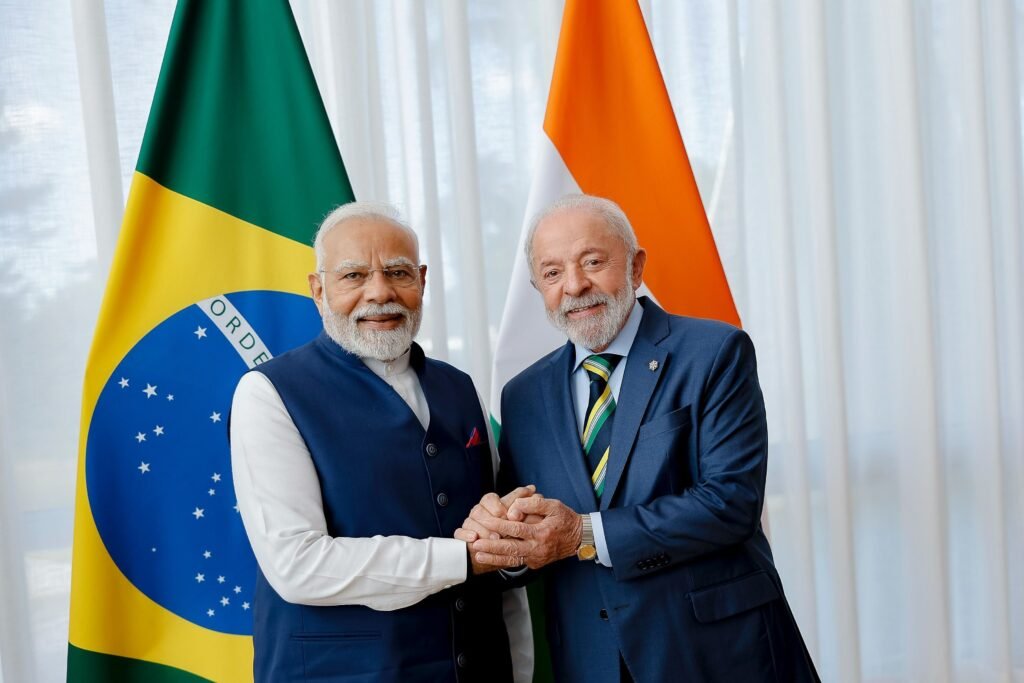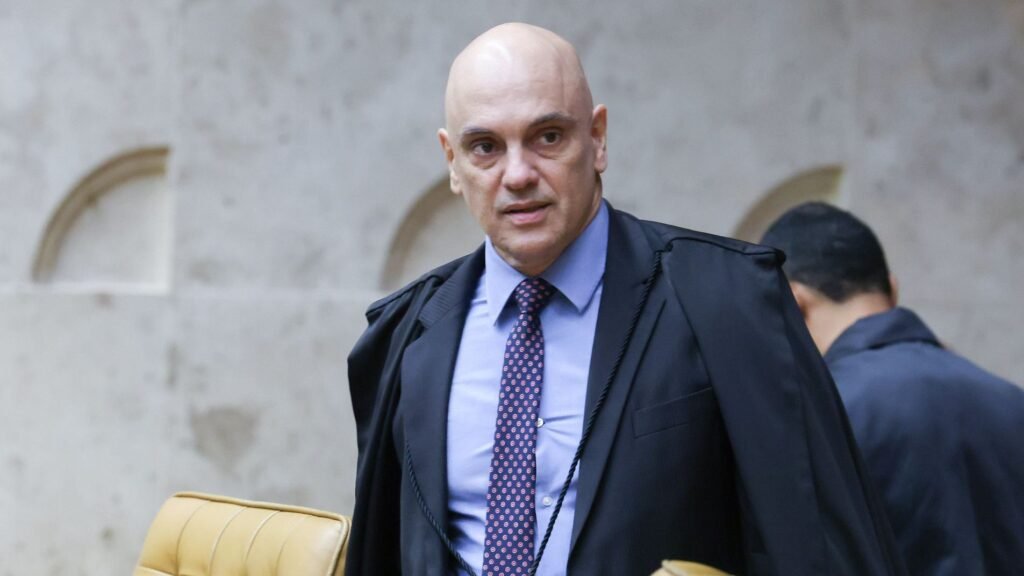President Luiz Inácio Lula da Silva and Indian Prime Minister Narendra Modi discussed the need to diversify export destinations, with the agreement’s coverage being the main obstacle. Lula stated that, during a call, India agreed to expand the current limited coverage of the trade agreement with Mercosur. The goal is to increase bilateral trade to over $20 billion by 2030, as both countries face challenges due to the trade policies of Donald Trump.
The Brazilian government sees India as a strategic partner to diversify export destinations, especially since the Asian country’s industrialization in recent decades. The main exports from Brazil to India include vegetable oils, sugars, and crude oil, accounting for more than 60% of total exports. However, opportunities exist to increase sales of products like vegetable oils, cotton, beans, ethanol, livestock genetics, and fruits. Chicken meat, fish, coffee, and orange juice are also potential export products.
One of the primary obstacles is the high tariffs imposed by India, with very few agricultural products covered by the preferential trade agreement with Mercosur. Currently, only 14% of Brazilian exports to India benefit from the agreement, which covers a limited set of 450 product categories out of approximately 10,000 and offers modest tariff reductions ranging from 10% to 20%.
The Brazilian government aims to negotiate the inclusion of new products, particularly from the agricultural sector, secure tariff reductions, and address trade barriers. Modi’s signal during the conversation with Lula is seen as a concrete step forward in the negotiations, according to sources familiar with the discussions.




